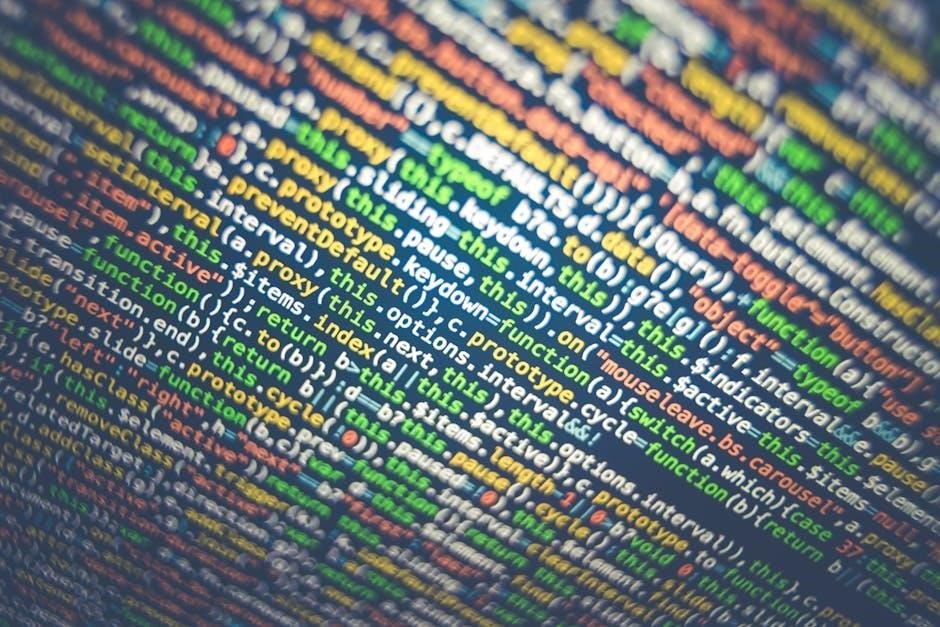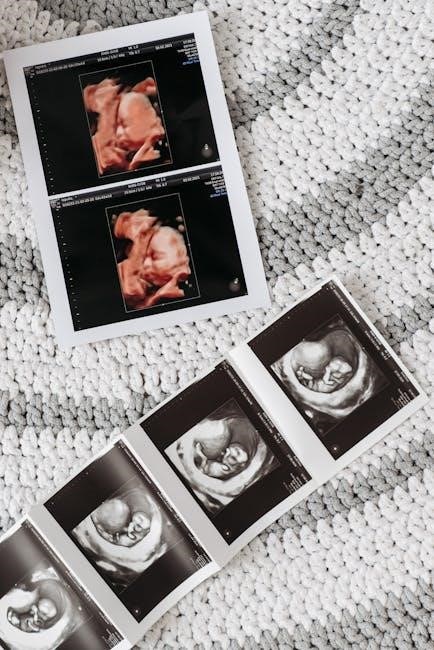CPT Codes for Thyroid Ultrasound-Guided Biopsy
Accurate CPT coding is crucial for proper reimbursement when performing ultrasound-guided thyroid biopsies. These codes help describe the services and procedures performed.
Overview of CPT Codes
The Current Procedural Terminology (CPT) codes are used to report medical, surgical, and diagnostic procedures and services to entities such as physicians, health insurance companies and accreditation organizations. When it comes to ultrasound-guided thyroid biopsies, specific CPT codes exist to accurately reflect the work involved in performing these procedures. Recognizing and correctly applying these codes is essential for accurate billing and reimbursement. In 2019, significant revisions were made to the CPT coding system for fine needle aspiration (FNA) biopsies, leading to a more detailed and nuanced approach. The prior code, 10022, was replaced by a series of codes that account for the use of imaging guidance, such as ultrasound, and differentiate between the initial lesion and any additional lesions biopsied during the same session. The primary codes of interest for thyroid ultrasound-guided biopsies are 10005 and 10006. Code 10005 is designated for the fine needle aspiration biopsy, including ultrasound guidance, of the first lesion. Code 10006 is used for each additional lesion biopsied during the same encounter. It is important to understand that code 10006 is an add-on code and must be billed in conjunction with the primary procedure code, 10005. Furthermore, code 76942 is used to report ultrasonic guidance for needle placement during the biopsy. The use of ultrasound guidance enhances the precision of FNA biopsies, particularly in the thyroid, and this is reflected in the CPT code set. Accurate documentation is critical to support the selection and billing of the appropriate CPT codes. This documentation should include details about the number of lesions biopsied, the use of ultrasound guidance, and any other relevant information about the procedure. By understanding the nuances of these CPT codes and ensuring accurate documentation, healthcare providers can ensure that they are appropriately reimbursed for the services they provide. The AMA CPT Code book or online resource should be used to confirm all codes. It is also important to stay up-to-date on any changes or updates to the CPT coding system, as these changes can impact the way that these procedures are billed.

Primary Code: 10005
CPT code 10005 is designated for fine needle aspiration biopsy, including ultrasound guidance, for the initial lesion. This code represents the primary procedure performed during the encounter.
Description of Code 10005
CPT code 10005 specifically describes the procedure of a fine needle aspiration (FNA) biopsy performed on the thyroid gland, utilizing ultrasound guidance to ensure precise needle placement. This code is applicable when the physician or qualified healthcare professional performs an FNA biopsy on the first lesion identified within the thyroid. The inclusion of “ultrasound guidance” in the code description is critical, as it signifies that real-time imaging was used to visualize the thyroid nodule and guide the needle during the aspiration process. This imaging component is essential for accurate and safe sampling of the targeted tissue.
The FNA biopsy involves inserting a thin needle into the thyroid nodule to collect cells for cytological examination. These cells are then sent to a pathology laboratory for analysis to determine the nature of the nodule, whether it is benign (non-cancerous), suspicious, or malignant (cancerous). Ultrasound guidance enhances the precision of this procedure, allowing the physician to target specific areas within the nodule and minimize the risk of complications such as bleeding or damage to surrounding structures.
Code 10005 is only used for the initial lesion biopsied during a single patient encounter. If multiple thyroid nodules are biopsied, a different CPT code (10006) is used for each additional lesion. The use of 10005 indicates that the service includes both the FNA biopsy and the ultrasound guidance; therefore, it is generally not appropriate to bill these components separately. Proper documentation is crucial to support the use of this code, including a detailed description of the procedure, the location of the biopsied nodule, and the use of ultrasound guidance. This documentation will help ensure accurate coding and reimbursement for the services provided. It is important to note that prior to 2019, CPT code 10022 was used for FNA biopsies with imaging guidance, but this code has since been replaced by the more specific codes 10005-10012, which account for the type of imaging used and the number of lesions biopsied.

Additional Lesion Code: 10006
CPT code 10006 is used in conjunction with the primary code (10005) when a fine needle aspiration biopsy, guided by ultrasound, is performed on additional thyroid lesions during the same encounter.
Description of Code 10006
CPT code 10006 specifically designates fine needle aspiration biopsy, including ultrasound guidance, for each additional lesion beyond the first one biopsied during a single encounter. This code is an add-on code, meaning it is never reported alone. It must always be billed in conjunction with the primary procedure code, which is 10005, used for the initial lesion. The purpose of code 10006 is to accurately reflect the additional work and resources involved when multiple thyroid nodules require biopsy; Correct usage of this code ensures that physicians receive appropriate reimbursement for the services they provide.
For example, if a physician performs an ultrasound-guided FNA biopsy on three separate thyroid nodules during the same patient visit, the coding would be as follows: 10005 would be reported once for the first nodule biopsied, and 10006 would be reported twice, once for each of the two additional nodules biopsied. It is important to note that the modifier 59 (Distinct Procedural Service) is typically not appended to code 10006, as the CPT description already indicates that it represents an additional lesion. However, it is always best practice to consult with coding guidelines and payer-specific policies to ensure accurate and compliant coding. Proper documentation of each biopsied nodule, including its location and size, is essential to support the use of both codes 10005 and 10006. The documentation should clearly demonstrate that each nodule was distinct and required separate biopsy.
In summary, CPT code 10006 is a critical component of accurate coding for ultrasound-guided thyroid biopsies when multiple lesions are targeted. Understanding its proper application and relationship to the primary code, 10005, is essential for healthcare providers and coding professionals alike. Always refer to the latest CPT guidelines and payer policies for the most up-to-date information.

Guidance Code: 76942
CPT code 76942 designates ultrasonic guidance for needle placement, such as during a biopsy. It highlights the use of real-time ultrasound imaging to guide the needle precisely to the targeted thyroid nodule.
Role of Ultrasound Guidance (76942)
Ultrasound guidance, represented by CPT code 76942, plays a vital role in thyroid biopsies. This code signifies the utilization of real-time ultrasound imaging to visualize the thyroid gland and guide the needle precisely to the targeted nodule. The use of ultrasound enhances the accuracy of the biopsy, minimizing the risk of sampling error and improving diagnostic yield. By providing a clear view of the thyroid and surrounding structures, ultrasound guidance allows the physician to avoid critical structures such as blood vessels and the trachea, reducing the potential for complications. Furthermore, ultrasound guidance enables the physician to target specific areas within a nodule, such as solid or cystic components, to obtain the most representative sample. This is particularly important in complex nodules with heterogeneous features. In addition to improving accuracy and safety, ultrasound guidance can also reduce patient discomfort by minimizing the number of needle passes required to obtain an adequate sample. The real-time visualization allows the physician to confirm needle placement and adjust accordingly, ensuring that the biopsy is performed efficiently and effectively. Overall, ultrasound guidance is an essential component of modern thyroid biopsy techniques, contributing to improved diagnostic accuracy, reduced complications, and enhanced patient comfort. Proper documentation of the use of ultrasound guidance is crucial for accurate coding and reimbursement. When billing for ultrasound-guided thyroid biopsies, it is important to include both the appropriate FNA code (e.g., 10005 for the first lesion, 10006 for each additional lesion) and the guidance code 76942 to reflect the complete service provided.

Documentation Requirements
Comprehensive and accurate documentation is paramount for appropriate coding and reimbursement of thyroid ultrasound-guided biopsies. Clear records ensure correct billing and support medical necessity.
Importance of Accurate Documentation
Accurate documentation plays a pivotal role in the context of thyroid ultrasound-guided biopsies, directly impacting coding accuracy, reimbursement integrity, and compliance with healthcare regulations. Meticulous record-keeping is essential for justifying the medical necessity of the procedure, supporting the selection of appropriate CPT codes, and ensuring that claims are processed correctly by payers. Inadequate or incomplete documentation can lead to claim denials, audits, and potential financial penalties for healthcare providers.
The documentation should comprehensively reflect the details of the ultrasound-guided biopsy, including the indication for the procedure, the findings of the ultrasound examination, the size and location of the thyroid nodule(s) biopsied, the number of passes performed, and any complications encountered during the procedure. Furthermore, the documentation must clearly demonstrate that ultrasound guidance was utilized to ensure accurate needle placement and minimize the risk of complications. The use of specific terminology and standardized reporting formats can enhance the clarity and consistency of the documentation.
In cases where multiple thyroid nodules are biopsied during the same encounter, the documentation should clearly delineate each nodule and the corresponding CPT code(s) used for billing. It is crucial to avoid ambiguity in the documentation, as this can lead to confusion and errors in coding. For instance, if an ultrasound-guided fine needle aspiration (FNA) biopsy is performed on a single thyroid nodule, CPT code 10005 is typically used. However, if additional lesions are biopsied during the same encounter, code 10006, representing each additional lesion, is appended. The documentation should explicitly state the number of additional lesions biopsied and the corresponding CPT code(s) used.
Moreover, the documentation should include information about the type of needle used, the technique employed for aspiration or core biopsy, and any ancillary procedures performed, such as cytological evaluation or molecular testing. It is also important to document any pertinent medical history or comorbidities that may influence the decision-making process or the interpretation of the biopsy results.
Changes in 2019
In 2019, significant revisions were made to the CPT codes for fine needle aspiration (FNA) biopsies, including those for thyroid procedures. Code 10022 was replaced with a range of new, more specific codes.
Impact of 2019 Revisions to FNA Coding
The 2019 CPT code revisions for Fine Needle Aspiration (FNA) had a significant impact on how thyroid ultrasound-guided biopsies are coded and billed. Prior to 2019, code 10022 was commonly used for FNA biopsies with imaging guidance. However, the new coding system, implemented in 2019, introduced a more nuanced approach, differentiating codes based on several factors. These include the specific imaging modality used for guidance (e.g., ultrasound, fluoroscopy, CT, MRI), the number of lesions biopsied (initial lesion versus each additional lesion), and whether the procedure is a fine needle aspiration or another type of biopsy. This shift reflects a greater emphasis on precision and specificity in coding, aiming to more accurately represent the services provided during these procedures. The introduction of codes 10005-10012, replacing the older code 10022, meant that coders and physicians needed to be more attentive to detail when selecting the appropriate code. Code 10005 is now designated for the initial lesion biopsied under ultrasound guidance, while code 10006 is used for each additional lesion biopsied during the same session. This distinction ensures that providers are appropriately compensated for the additional work involved in biopsying multiple lesions. Furthermore, the revisions also emphasized the importance of clear and comprehensive documentation to support the selected CPT codes. Accurate documentation of the number of lesions biopsied, the type of imaging guidance used, and the specific techniques employed are essential for avoiding coding errors and ensuring proper reimbursement. The changes in 2019 also brought about the need for updated training and education for coding staff and physicians. Understanding the new coding structure and the nuances of each code is crucial for accurate billing and compliance. The AMA CPT Code book or online resource should be used to confirm all codes. Overall, the 2019 revisions to FNA coding represented a significant step towards greater accuracy and transparency in the billing of thyroid ultrasound-guided biopsies, requiring increased attention to detail and a thorough understanding of the new coding system. Failure to adapt to these changes can result in claim denials, reduced reimbursement, and potential compliance issues.



